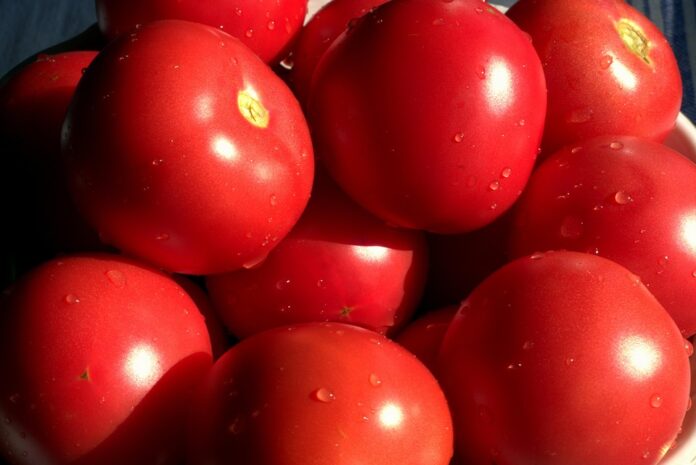Introduction
Natural and artificial antioxidants play a crucial role in food preservation by preventing oxidation, thus extending the shelf life of various food products. In this report, we will compare the effectiveness of natural and artificial antioxidants in food preservation, considering their benefits, drawbacks, and economic implications.
Natural Antioxidants
Definition and Sources
Natural antioxidants are compounds that are naturally present in foods and have the ability to inhibit oxidation, which can lead to spoilage. Common sources of natural antioxidants include fruits, vegetables, nuts, and spices. Examples of natural antioxidants include vitamin C, vitamin E, and polyphenols.
Benefits
Natural antioxidants offer several benefits in food preservation. They are generally considered safe for consumption and may have additional health benefits due to their presence in whole foods. Natural antioxidants can also enhance the flavor and color of food products without the need for artificial additives.
Drawbacks
However, natural antioxidants may have limited stability and effectiveness compared to their artificial counterparts. They can also be more expensive to extract and incorporate into food products, which can impact production costs.
Industry Insights
The demand for natural antioxidants in food preservation is on the rise due to increasing consumer preference for clean label products. Companies in the food industry are exploring innovative ways to incorporate natural antioxidants into their formulations to meet this growing demand.
Artificial Antioxidants
Definition and Types
Artificial antioxidants are synthetic compounds that are added to food products to prevent oxidation. Common types of artificial antioxidants include butylated hydroxyanisole (BHA), butylated hydroxytoluene (BHT), and propyl gallate.
Benefits
Artificial antioxidants are often more stable and cost-effective than natural antioxidants. They can be easily incorporated into various food products to extend their shelf life and maintain their quality during storage and transportation.
Drawbacks
Despite their effectiveness, artificial antioxidants have raised concerns regarding their safety and potential health risks. Some studies have linked certain artificial antioxidants to adverse health effects, leading to regulatory restrictions on their use in food products.
Industry Insights
The food industry continues to rely on artificial antioxidants for food preservation, particularly in processed and packaged foods. Companies are investing in research and development to discover safer alternatives to traditional artificial antioxidants that meet regulatory standards and consumer preferences.
Comparison and Market Trends
Effectiveness
In terms of effectiveness, artificial antioxidants are generally considered more potent and stable compared to natural antioxidants. They provide longer-lasting protection against oxidation, making them ideal for preserving food products with extended shelf lives.
Consumer Preferences
However, consumer preferences are shifting towards natural antioxidants due to concerns about artificial additives and their potential health risks. This trend has led to a growing market for natural antioxidants in food preservation, with companies investing in sustainable sourcing and clean label formulations.
Financial Implications
From a financial perspective, the cost of natural antioxidants can be higher than artificial antioxidants due to their extraction and production processes. Companies need to weigh the benefits of using natural antioxidants against the added costs to determine the best approach for their products.
Conclusion
In conclusion, both natural and artificial antioxidants play important roles in food preservation, each with its own benefits and drawbacks. While artificial antioxidants offer cost-effective and stable solutions, natural antioxidants are gaining popularity among consumers seeking clean label products. Companies in the food industry must consider market trends, consumer preferences, and financial implications when choosing between natural and artificial antioxidants for food preservation.




